AI-powered cruise control can stop 'phantom traffic jams' before they start
Software predicts the perfect speed to keep from having to stop
The only thing worse than being stuck in a traffic jam is being stuck in a traffic jam that shouldn’t be there.
"Phantom Jams" are those backups that occur on highways for seemingly no reason, then dissipate as mysteriously as they appeared.
They’re usually started by drivers who suddenly brake or change lanes in dense traffic, which is followed by a wave of bad decisions made by the drivers behind. It escalates as more cars arrive at high speeds and have to slow down abruptly.
The accordion effect is frustrating for drivers, potentially unsafe and leads to more fuel being burned than when traffic is flowing smoothly.
AI CAN IDENTIFY AND DESIGN GOOD-LOOKING CARS BY ITSELF NOW
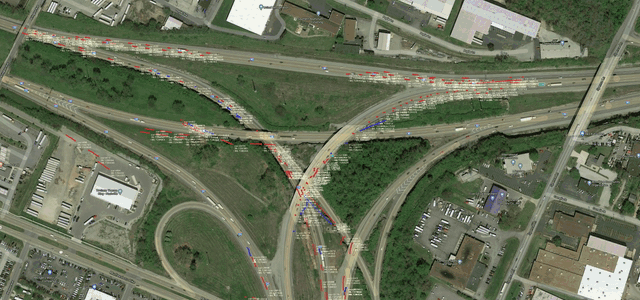
AI software analyzes traffic patterns to see how fuel economy is improved by reducing jams. (CIRCLES Consortium)
So, what if computers were doing the driving instead of humans?
A group of universities, government agencies and automakers has set out to try to address the issue by developing smart cruise control systems that can mitigate traffic using artificial intelligence.
The project is called the Congestion Impacts Reduction via CAV-in-the-Loo Lagrangian Energy Smoothing Consortium, which has conveniently been shortened to CIRCLES. It’s centered around a stretch of Interstate 24 near Nashville, Tennessee, that is equipped with cameras and linked to a computer center that can analyze traffic patterns.
The team developed software that could collect and compile live traffic data and use it to predict when a traffic jam ahead would let up, then adjust the cruise control speed to avoid getting caught in it.
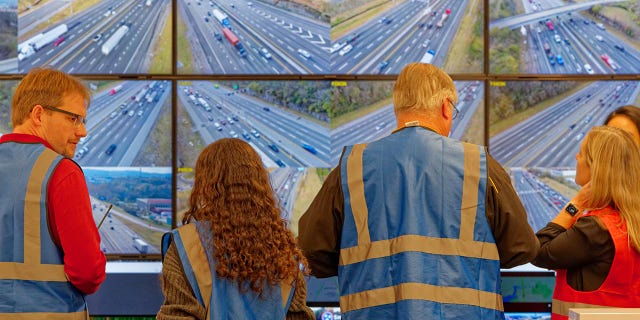
A four-mile stretch of I-24 has cameras monitoring traffic. (CIRCLES Consortium)
"We installed custom hardware in the cars that would automatically do that," Vanderbilt civil engineer Dan Work told Fox News Digital. "Feeding all of those things into a human is going to drive them crazy."
The equipment was installed into a fleet of 100 Nissan Rogues that were driven constantly in the course of a day, along with a few Toyota Rav4s and Cadillac XT5s.
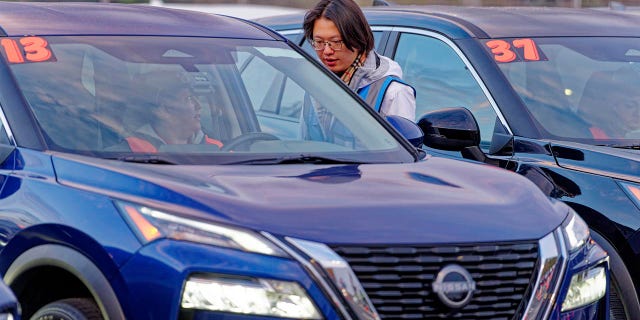
Nissan loaned 100 Rogue SUVs for the project. (CIRCLES Consortium)
"An AI program developed with our partners worked with that system to make sure that if you were driving up to traffic, you would slow down before you got there to give that traffic a chance to dissipate," Work said.
The team used inexpensive Raspberry Pi project computers to run the software, which doesn't require a lot of processing power to operate.
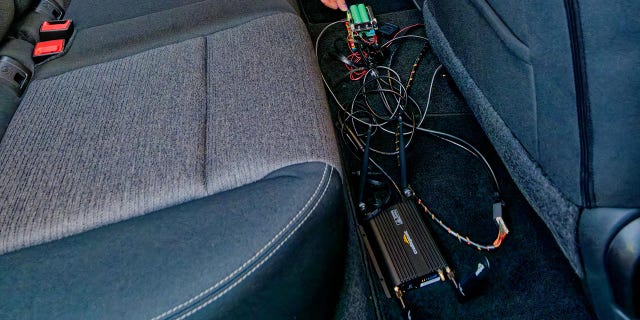
The project hardware is integrated with the Rogue's cruise control. (CIRCLES Consortium)
Testing found that adding just one car with the system to the road could positively affect 20 cars being driven by humans around it, leading to less traffic and a 40% increase in fuel efficiency across the group.
"If you can make a few cars drive better, they can make traffic better for everyone overall," Vanderbilt computer scientist Jonathan Sprinkles said.
CLICK HERE TO SIGN UP FOR THE FOX NEWS AUTOS NEWSLETTER
Using traffic data processed by the I-24 Motion’s AI system allowed the cruise control to be improved.

"Looking at how cars seem to be driving, how they speed up and slow down, that allowed AI to close the loop using reinforcement learning to say, ‘You know what, I’m just going to catch up to that car in two minutes. Why don’t I just slow down and catch up to him when he starts to speed up again?’ That kills the traffic wave," Sprinkles explained.
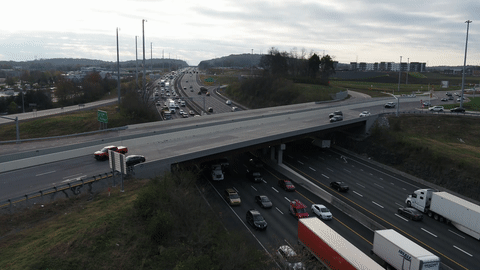
Phantom jams can occur at any time (CIRCLES Consortium)
Ultimately, it comes down to pacing cars at an average speed.
"You’ll get there at the exact same time, but you’ll use a lot less fuel and be a lot less stressed," Work said.
Cameras mounted to the test cars were able to collect additional information about how the drivers in the surrounding vehicles were reacting to the test vehicles, including if the drivers stuck behind them looked like they were getting angry. This will be used to further refine the system.
Work thinks the technology is pretty much ready to go and that it’s just a matter of convincing the automakers to feel comfortable about it. But neither Nissan nor any others have put a timeline for deploying it.
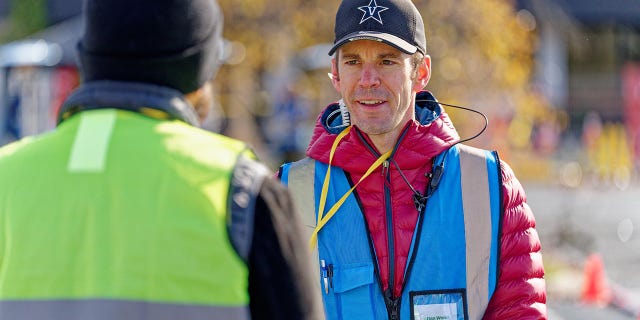
Dan Work is one of the researchers who helped lead the study. (CIRCLES Consortium)
"Nissan has always been a pioneer in automotive innovation, and with our long-term vision, Nissan Ambition 2030, we know our future is autonomous, connected and electric," said Liam Pedersen, deputy general manager at the Nissan Alliance Innovation Lab in California's Silicon Valley, said in a press release on the project.
"CIRCLES shares our common goal of building a safer, cleaner world by empowering mobility.
"Traffic would just get better without anyone having to do anything intentional," Sprinkles said.
No comments: